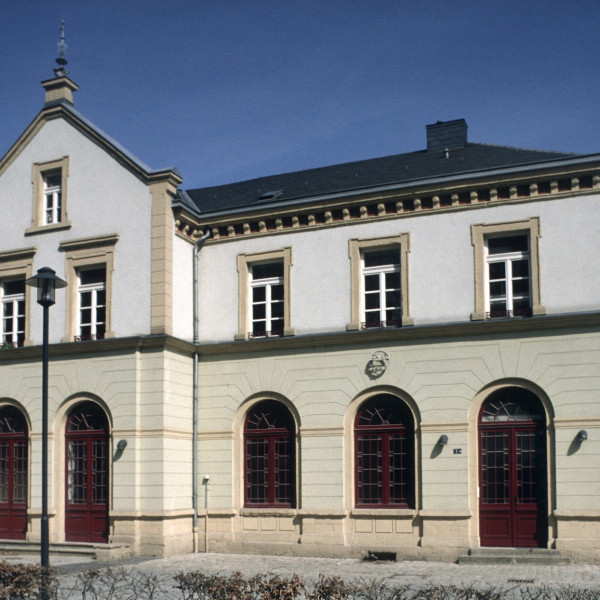
Gasperich
The face of the Gasperich district in south-west Luxembourg has changed considerably in recent years. Today, its skyline is modern and striking, thanks in particular to the architectural highlights that have sprung up in the district’s new urban living quarter “Cloche d’Or”.
Modern, forward-looking and sustainable
Le Bijou, a distinctive building designed by architect François Valentiny, with its imposing exoskeleton façade of giant aluminium petals, has created a real buzz and become an icon of the district. The building on Boulevard Raiffeisen that houses wealth management company JTC features an innovative vertical green wall. Not far from the large Cloche d’Or shopping centre, Zénith 21, Zénith 23 and other contemporary apartment blocks soar high into the sky, dominating Gasperich’s modern skyline.
Close to major Roman roads
Like many other Luxembourg City districts, Gasperich was for a long time a rural area. In Roman times, the area was dotted with “villas”, or farmsteads. Two thousand years ago, Gasperich lay close to two major Roman roads, one of which was the Roman trade route, known for centuries as the Stengesche Wee. It connected the old settlement on the Dalheim plateau with the Roman road to Arlon and Trier.
The name “Gasperich” first appeared in the Altmünster Abbey Charter in 1083. The then-Benedictine abbey was granted land in Gasperich on the “Mons Cuconis”. We have the tax registers from the Middle Ages to thank for the area’s first population figures. In 1528, there were just three “hearths”, or farmsteads, recorded here. When Luxembourg’s first census was taken in 1806, there were only 18 houses in Gasperich, and 98 inhabitants.

The capital’s largest public park
Walking around the district which is now home to 10,000 inhabitants, the two public parks and the fields around the elegantly designed Cloche d’Or water tower are the main reminders of Gasperich’s rural past. Ban de Gasperich Park – the capital’s largest public park – stands out for its biodiversity and excellent leisure and recreational facilities.
Directly next to the English Garden, on Rue de la Déportation, stands a memorial commemorating the fate of all those forcibly recruited and displaced Luxembourgers transported from Hollerich railway station to Germany and the Eastern Front in 1942. The Deportation Memorial is also a museum, established in 1996 to commemorate the tragic ordeal of the approximately 11,200 Luxembourgers deported.
Photo gallery
How to get there?
By car:
You can check for available parking spaces on the Luxembourg-city parking guidance system.
By public transport:
To go around the city, check out www.mobiliteit.lu which offers live and practical information on public transport in Luxembourg.
Useful information: all buses, trams and trains within the country of Luxembourg are free of charge for citizens and visitors alike.






































